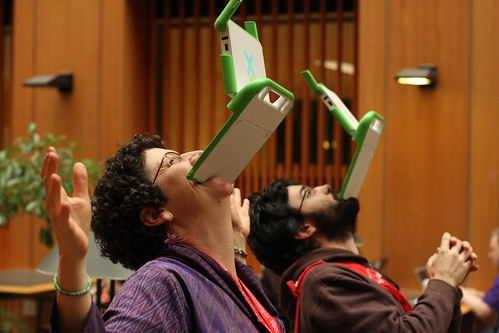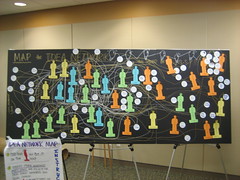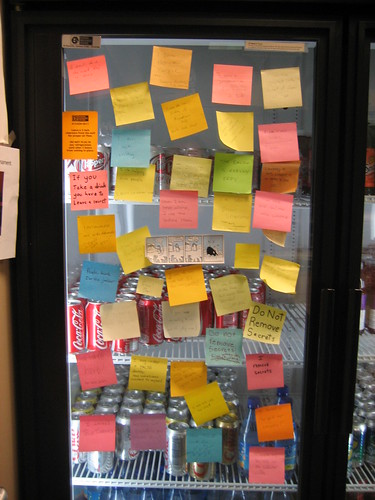Five Things, or Late to the Party But Hey There’s Still Beer « Ninmah Meets World
Beer? Did someone say beer? In the spirit of appeasing my twitter friends, here are five more, for Rachel. It was learning she loved to weld that made me give in. I am not sure I am going to tag anyone else. How about a variation. If you want to be tagged, leave a comment and consider yourself tagged.
1. My first job in Seattle was in a cookie factory, alternately stacking cookies for packaging or decorating holiday cookies. I lasted a week. My problems? 1. I was too tall for the assembly line and it was killing my body. 2. I worked too fast and the rest of the crew was getting pretty ticked with me.
2. I once had a role in a musical where I was on stage for most of the show but said nor sang anything. Any guesses? (hint: it was a male role. I also played a ghost for one scene. I’m a sucker for character roles.)
3. I don’t like black licorice.
4. I had my first bliss of nature in a stand of deciduous trees, loosing there autumnal beauty upon my head. I danced.
5. I have no tattoos. But I’ve thought about it!


 .Well, I’m not sure if this is funny. But here is an amazing set of photos from
.Well, I’m not sure if this is funny. But here is an amazing set of photos from